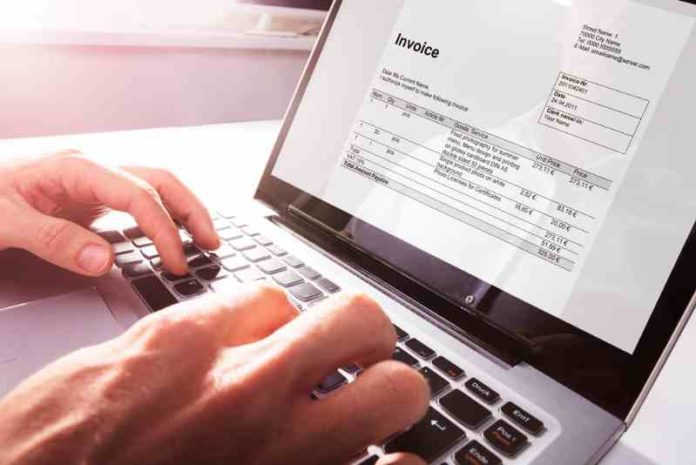If you are a business selling to other businesses on credit terms, you will be issuing invoices. At minimum, a business invoice details: what you are selling, how much you are selling it for, when you have sold it, any additional fees, and when you will be paid.
By Ian Varley
This invoice is a written agreement between the buyer and the seller of the goods or services. This documentation of a sale or agreement is a crucial part of your business’ accounting or bookkeeping system. Business invoicing is necessary in order to get paid by your customers. Here are the essentials of a business invoice.
The Essentials of a Business Invoice:
Date
Include the date that the invoice is created, the date that payment is due, and the date of shipment and or delivery. You will want to document the transaction date in case there is any dispute in the transaction or payment. Having a paper trail will only help your case.
Names and Addresses
List your company’s name and their company’s name. Differentiate between who is paying and who is receiving payment. This keeps both parties on the same page about the transaction in case any issue arises that needs handling.
Contacts
Having your business contact information, including the specific employee responsible for overseeing this account, is crucial. If there are any disputes or issues with the transaction, your business is easily accessible to resolve the issue. In addition, be sure to spell all names correctly.
Sale Details
Detail exactly what was delivered. Include quantity, type, and any other identifying properties of the transaction. In addition, list the receipt number, invoice number, or some other identifying number on the invoice. This number will be a huge help when collecting the payment.
Payment Terms
A business invoice includes how much is owed and the credit terms of the order. Typically credit terms for businesses are 30 days, but that can often be extended to 60 or even 90 days between transaction and payment.
Client Invoicing Best Practices
- Send an invoice immediately after completing the job
- Send the invoice to the right contact (Accounting department or specific purchaser)
- Use a digital invoice for faster delivery and payment
- List any late fees or other penalties for non-payment
Business Invoice Factoring
After drafting your invoice, sending a copy to your customer with all the essentials, now you have to wait for customer payment. This waiting period can tie up your working capital and prevent your company from making more sales. Not only is there going to be a strain on your cash flow, but your time will be spent collecting on that open invoice as well. When you sell your receivables to a factoring company, you make the sale, you deliver the goods, and we pay you the invoice amount less a factoring fee. Now you have the available cash to keep making sales, hiring employees, and growing locations. Why wait to get paid?
Ian Varley is the CEO of Eagle Business Credit, an accounts receivable financing company that specializes in fostering growth for other small businesses. Connect with Ian on LinkedIn and follow @EagleBizCredit on Twitter and Instagram.

Invoicing stock photo by Andrey_Popov/Shutterstock







